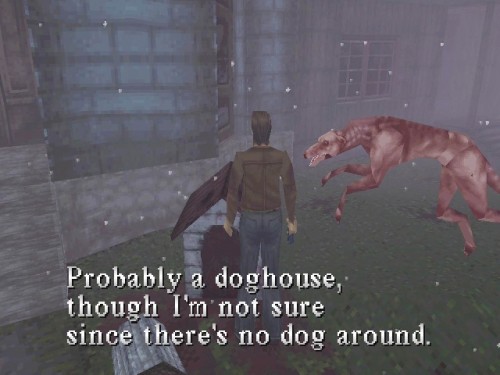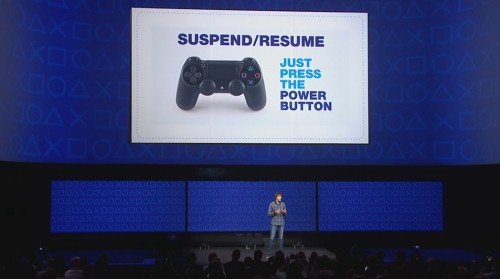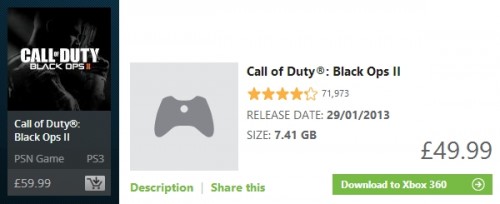Because you can’t have an E3 conference review without Nintendo, I’m putting today’s Nintendo Direct up against Sony and Microsoft’s conferences. I don’t see it as a disadvantage since a load of games shorn (mostly) of awkward executive banter can only be a good thing.
Without further ado, in the order in which they were shown…
Microsoft
The Xbox One had the most to prove after the disastrous reveal and preemptive clarification of the awful DRM policies, and while this showing won’t make that shadow go away, Microsoft did allay some fears. Not all, but some. Presentationally, Microsoft needs someone with charisma, who you could imagine successfully selling a used car; J Allard and Peter Moore are sorely missed when you’re forced to watch the automatons up there now.
But apart from that, Microsoft’s comfortably topped the other two for games, which is the important thing at these shows. New games from Swery and the Panzer Dragoon chap bring credibility; Insomniac is a nice coup, albeit not up there with Bungie in my book; Quantum Break, which looks like a serious Ghost Trick, intrigues; and, of course, there’s a new Halo, which gets bonus points for referencing Journey; Battlefield 4 looks like matching its superb predecessor; Metal Gear Solid V looked amazing, albeit multiplatform. Those are just the ones that tickled me; there were plenty more.
It’s just sad that Microsoft had to end on a sour note by saddling the hardware with a £429 price tag. That’s £4 more than I balked at paying for a PS3 back in 2007 – and I won’t be paying it for an Xbox One either. So once it has the DRM patched out, a substantially smaller second model released, and gets a couple of price drops, I’m right on board.
B-
Sony
Sony’s a weird one, as it was the conference that left me with the most positive impression, but one that doesn’t last when you really look at what was shown. Its success was down to the messaging, the flawless capitalisation on Microsoft’s missteps. Does the fact that it’s maintained the status quo by not setting out to control what we can do with our games really deserve to be the factor that ‘wins’ E3? I think it shows how low our expectations have become if it does.
(I must say, however, that I haven’t seen a crowd reaction in a press conference like the one to the announcement of no used game DRM. I hope Microsoft was watching.)
Final Fantasy XV and Kingdom Hearts III are nice, but Square Enix has forfeited the presumption of quality. We need a couple of releases of PS1/PS2 Squaresoft calibre before I’ll be buying its games regardless of reviews. And as I said, Bungie is a coup and Destiny looks great.
But where was Naughty Dog? Where were all those other great first-party studios? Where was The Last Guardian? Where was anything for the Vita? See what I mean about some notable omissions? I felt like I saw more games at the PS4 reveal back in February, and I pretty much did see as many Vita games.
A solid showing, then, but mainly on the PR front. Thankfully for Sony, that message was good enough to secure my day one preorder.
C+
Nintendo
In shunning the E3 dog and pony show – an approach that has served the company well at the Tokyo Game Show for years now – Nintendo may have set out to lower expections, and I can see why. Mario Kart, Mario, Pokémon, Smash Bros, Donkey Kong Country, The Wind Waker. Notice a pattern? As much as I love Nintendo’s characters, the line-up is depressingly conservative, lacking even the creativity of the GameCube days, where Nintendo published interesting takes on new or forgotten franchises rather than wearing out ideas within a couple of years of their debut.
Nintendo is seemingly a shadow of its former self. Wii U is a sales disaster, third-party support is non-existent, and unlike equivocal successes like the N64 where Nintendo could be counted on to provide classics to make the purchase worthwhile, that’s not happening here. I can see why Nintendo didn’t want to shine the spotlight on this line-up, because it’s worryingly thin.
I’m excited about Bayonetta 2, though, so that’s something.
D





